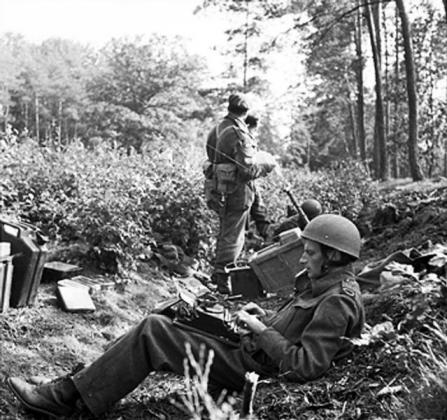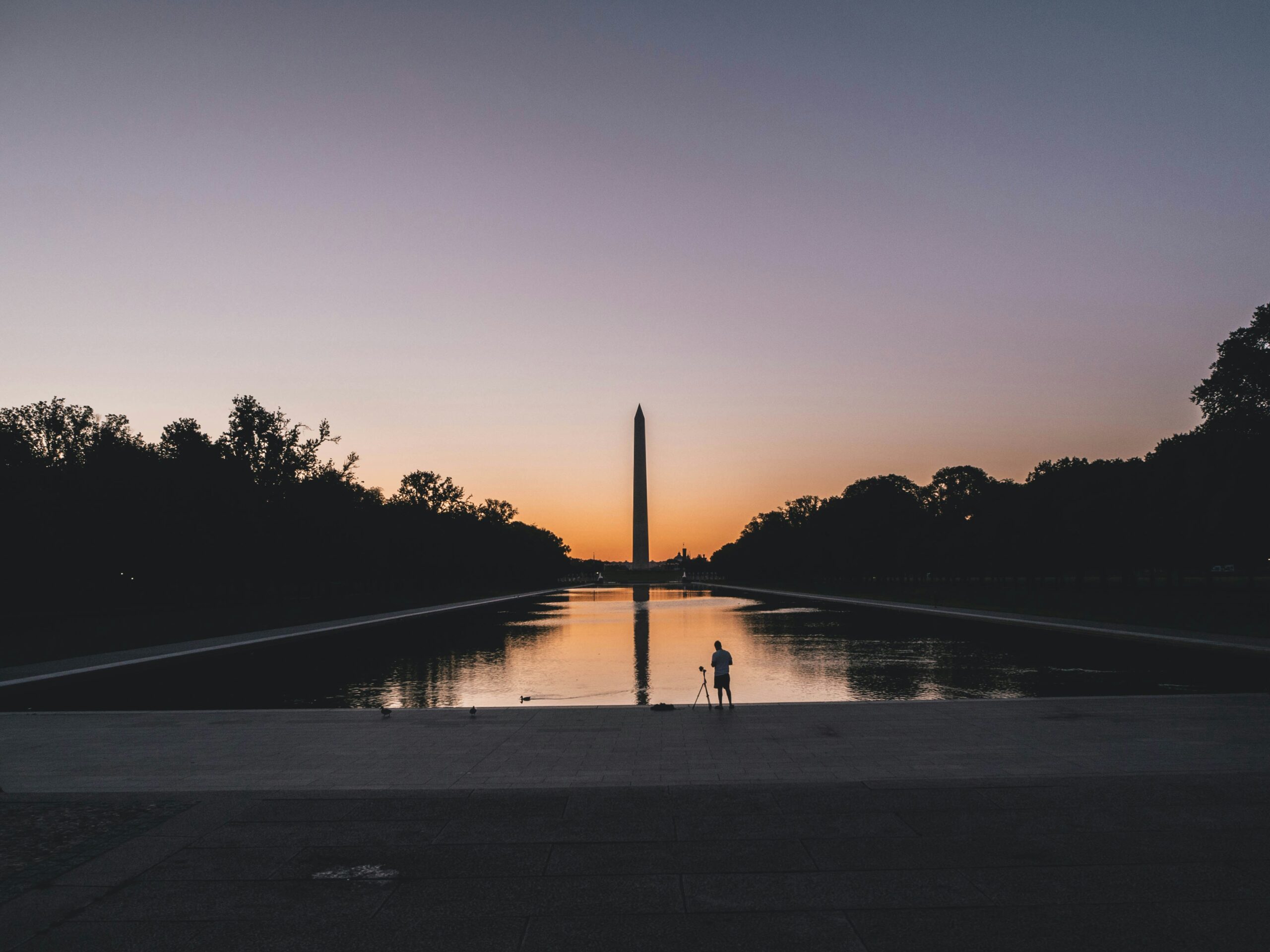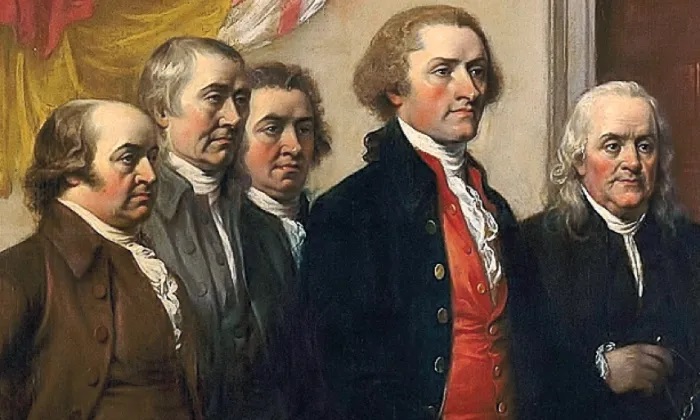I have never read a first person account so painful and powerful, yet so important to our future about an issue that hangs over all of us to this day.
From the first words of prose-poetry (the book’s entire narrative is written in free-verse), I could not stop reading.

It was shortly before 8:15 a.m., Monday, August 6, 1945 in Hiroshima, Japan that Masako’s Story begins:
“My dear Daughter.
On that morning,
When I went out to the backyard,
I found a flower blooming on a squash vine
Which the former resident had planted in a small garden in the
yard.
“Oh I tell you, I was so glad!
‘Soon we’ll have some squash to eat!’
That’s what I thought that morning.
“Then I saw a lady with a parasol
Walking beside the railroad tracks.
“ ‘It’s going to be another hot summer day today,’ I thought,
‘Best to hurry up and finish the laundry.’
“So I went back into the house,
And when I started washing some clothes in the kitchen in a Big wooden tub,
“It was just at that moment,
WHEN…
The Atomic Bomb fell.”
While attending the Nuclear Age Peace Foundation’s 2012 Evening of Peace dinner, I was seated near a polite, diminutive Asian woman whose moving story of near-death and courage I was unaware of until I began a casual conversation.
Kikuko Otake was five years old in 1945, and living with her family in the Uchikoshi neighborhood of Hiroshima, Japan, 1.1 miles north of the hypocenter of the atomic bomb dropped on that August morning. While her mother, Masako, was home tending to Kikuko and her two brothers, her father had been drafted into the Japanese Army and was stationed just 550 yards from the center of the blast. Masako believes that he probably died instantly from the first flash of extreme heat.
Few survivors ever talked about it, Kikuko told me. Talking about that time was considered taboo. It wasn’t until 1991, almost 50 years later, that Kikuko decided to ask her mother to tell her the story of that harrowing day and the days that followed.
“I lay unconscious.
How long?
I don’t know.
It felt comfortable,
Like taking a nice, long shower.
“Gradually… a sound filled my ears:
– Children,
– Children screaming,
– Crying for their mother.”
Kikuko transcribed her mother’s compelling account of horror…
“Those who were walking,
Those who were dead,
They all looked the same:
Ghosts, goblins, and monsters marching to hell.”
… and the responsibility that her mother Masako carried with her on that day.
“Looking down at the rushing water,
I slipped into thoughts of suicide.
“If I’d had only one child,
I’m sure that I would have taken that child in my arms,
And killed the two of us by drowning. …
“But I had three children,
You and Koji and eight-year-old Shoichi,
It was just physically impossible to hold all three of you tightly,
Because of the injuries to my arm.
“So the moment passed.
“And that’s the only reason
Why you are still alive today.”
In the introduction to Masako’s Story, Kikuko writes, “I think there were two reasons that my mother broke her silence. One was that almost fifty long years had passed since those tragic days. And two, she had developed a need to speak to me, since I had become the child she rarely saw after my going to the United States to marry in 1968.”
“The day turned as dark as night.
I had no idea what time it was.
“But even with those dreadful injuries and burns, no disorder
reigned.
“The crowd moved in a strange silence.”
“At first,” Kikuko tells us, “I wanted to know every little detail, so I asked her many questions. How complete was the destruction? Where and how far did she walk the next day while looking for my father? What did she witness along the way? Where did we go? What did we do during the hours and days after the bombing?”
As I was reading Masako’s account, I felt as if I was looking through her eyes, feeling what she felt walking among the dead, the soon-to-be-dead, and the living trying to understand why, where to go and what to do.
Kikuko writes, “I gradually came to realize how cruel I was acting. I should not make her remember such experiences, I thought. It had taken her almost fifty years for the trauma of her memories to recede. … As one heart-rending image followed another, I lost my will to transcribe what my mother was saying in her quiet voice. My note-taking ended after writing six pages.”
From those six pages, Kikuko transforms what have been, for most of us, grainy, black and white images buried in history, to an honest and powerful account of courage and survival. Listening to her at that dinner sharing but a small portion of her story, I kept looking at her face – smiling, showing no obvious signs of injury.
Masako Furuta quietly passed away on November 30, 2001. But that’s only the first half of this story. Kikuko’s own story continues from there.
I’ll talk about the second half on Monday.
Comments










